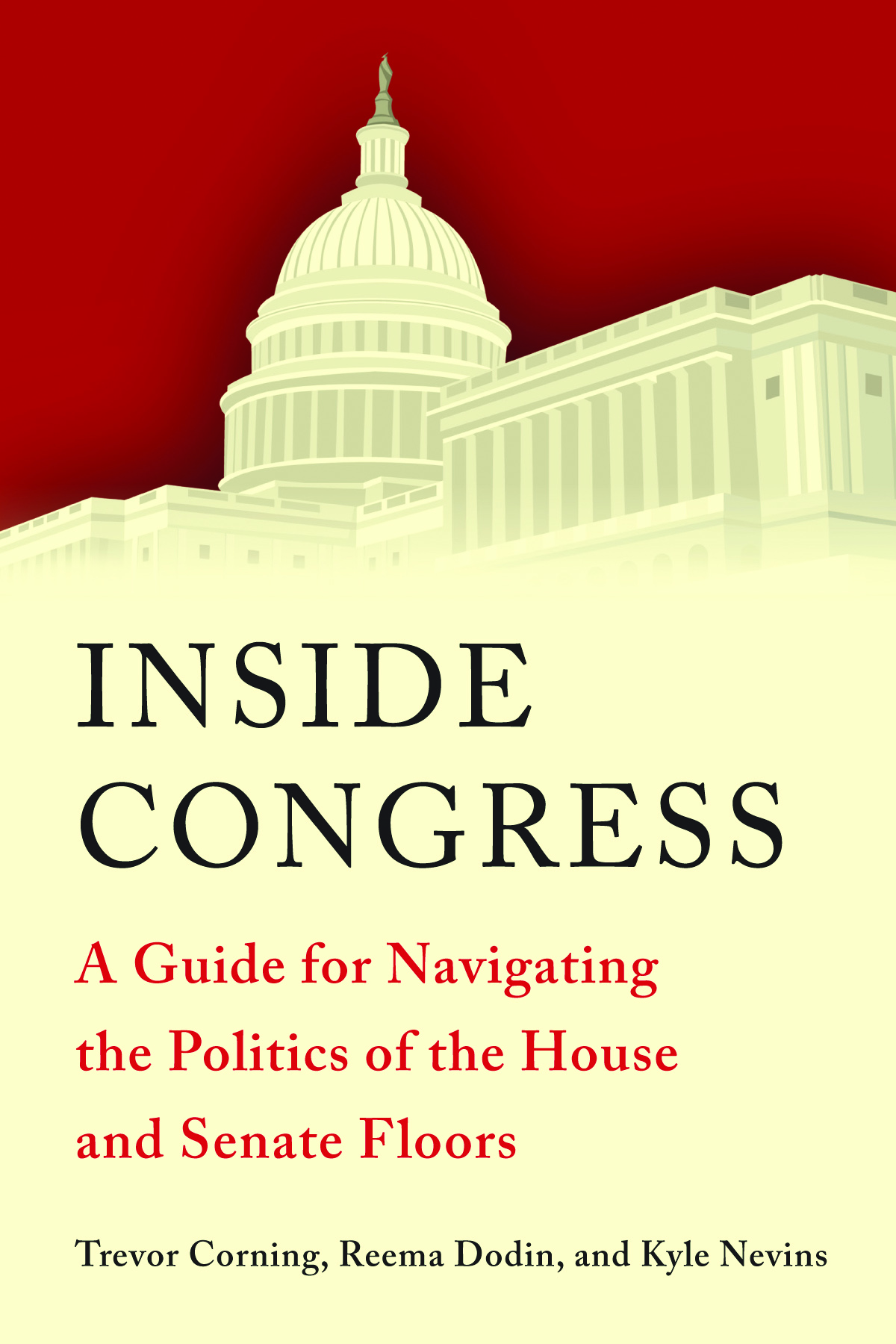Since enrollment for Affordable Care Act (ACA) coverage began six months ago, the highly charged debate has continued unabated, and readers have been bombarded by news coverage of technical flops plaguing the Healthcare.gov website and confusing deadline extensions to sign up for health insurance. There’s been plenty of media spin from the Obama Administration, too; officials have played down disruptions over policy cancelations and have issued last-minute delays that have clouded the health care law with a lot of uncertainty.
But as Monday marked a critical deadline for open enrollment this year, there’s one central fact that overrides the ACA’s dismal start and gives cause for optimism: Nearly 7 million Americans have signed up for insurance through the new exchanges—what federal officials had originally estimated, even though the troubled national website crashed for more than an hour on Monday under a stampede of health insurance shoppers. Whether they had coverage before or not—and we have little good national data thus far on how many enrollees were previously uninsured—that is a large number of people in the new system.
Going forward, how many people are newly covered because of the ACA will be a key metric to watch because it offers a better assessment of whether the health care law is meeting one of its primary goals—reducing the ranks of the uninsured.
The turnout so far this year signals that there’s plenty of interest in the product. Does this mean that we’ll see an end to the debate over whether what’s dubbed “Obamacare” is right for Americans? No. But as more people get health coverage through the exchange and the government gets past the initial implementation bumps, the exchanges will gradually stabilize over the next couple of years. Yes, that’s right—years: Expect this debate to hang around at least through the next presidential election.
The Congressional Budget Office projection was right that at least 6 million people would enroll this year, and it expects enrollment to double next year, and double again the following, until it reaches around 25 million people. Again, the key metrics to watch will be the reduction in the number of people without insurance, and how satisfied enrollees are with their new health plans. Looking ahead, once officials have a better sense of how many people were “in line” for insurance but unable to complete the process before the initial enrollment period closed, it’s important that the Obama administration set a firm enrollment deadline. The latest deadline extension, which gives more time for people who had begun enrolling by the March 31 deadline but didn’t finish because of errors or missing information or website glitches, has been criticized by the ACA’s opponents.
However, recall in 2006 when the Bush Administration gave relief to people enrolling for Medicare prescription drug benefits. The rollout didn’t go smoothly, but it was by no means as rocky as this one has been. While the extension was a reasonable thing to do then and it is reasonable now, a firm deadline and clear rules about who can enroll after March 31 are needed to discourage people from waiting until the last possible moment to buy coverage and minimize the chance people wait to buy coverage until they are sick. This would improve the overall risk pool and help guard against too many sick people driving up premiums for the entire pool.
The next major enrollment-related issue is likely to be premiums for 2015. Much attention has been paid to the makeup of the insurance pools—notably, whether enough young people have enrolled. The focus on young enrollees is important but isn’t the whole story, since the number of young people who sign up will not be the only determinant of premium changes next year. Other factors will influence premiums, such as how the mix of enrollees compares to what the insurers’ actuaries assumed when they priced the 2014 policies and what they expect to happen next year. The overall health of the pool, whether young or old, also matters more than the age breakdown itself. We can’t know all that now, but insurers will begin filing premium rate increases soon, and we can expect a lot more debate around this issue as we approach the November elections.
As with enrollment, it’s essential to remember that the ACA did not create one national exchange, but rather an exchange in each state. Even though many states opted not to run a program, the insurance products are still—with the exception of the multi-state plan program—state-specific. Expect 2015 premium increases to be mixed—for some plans and some states, premium changes may be modest, and for others more substantial. In many states, the 2014 enrollment figures suggest things will work well. However, premium changes could affect whether coverage is affordable or encourage people to switch plans, which can be disruptive. Either way, this is one issue to watch as we head into fall and the second year of the ACA exchanges. So keep your eye on the signal—enrollment and affordability—and don’t get lost in the day-to-day debate.







